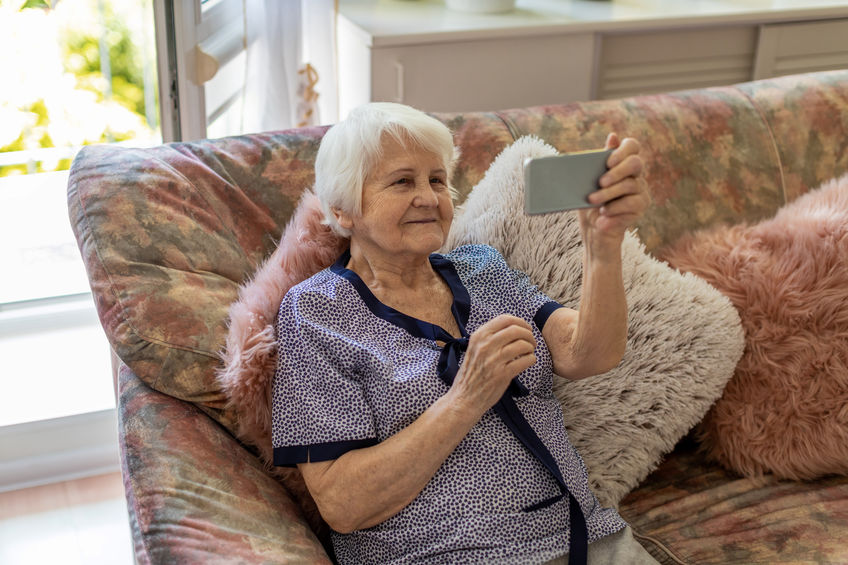

In the news, we recently heard about Carlos San Juan, a 78-year-old man from Valencia who has managed to collect 600,000 signatures for his campaign “Soy mayor, no idiota” (I’m a senior citizen, not an idiot). He is demanding better customer service in banks so that seniors unable to use ATMs or online banking can still receive assistance from a teller, without being penalised for it.
This very week, thanks to the extensive media coverage of the campaign and the number of signatures collected, several associations in the banking sector have pledged to take better care of vulnerable groups of people, including those over 65 years of age.
This raises a question. Why do older people find online banking difficult? Are we sure that the appropriate digital accessibility tools are being offered so that they and other groups with difficulties can access these services?
We must move towards true digital accessibility for older people
Older people need better digital accessibility if we wish to minimize the risk of exclusion that many currently experience.
Although technological change and digitization have given us so many benefits, it has also caused many difficulties in the day-to-day lives of the elderly.
This is due to the significant barriers they encounter when using technology and the Internet to obtain basic services, mainly due to their lack of knowledge or other limitations.
This was highlighted by the UGT, la Unión General de Trabajadoras y Trabajadoras (Spain’s General Union of Workers), which reports that some 9.4 million Spaniards over 55 are unable to access online banking. And 11 million encounter significant barriers when trying to contact health services.
This has a negative impact on this important group, which is increasingly excluded from the rapidly changing social, economic, and financial system.
And this has become even more pronounced during the pandemic, where online resources have been central to meeting the different needs stemming from Covid-19 restrictions.
Why should we ensure digital accessibility for the elderly?
It is a fact that the percentage of older people who use the internet continues to increase gradually. And this is mainly the result of the forced learning that has closed the digital divide and the need imposed by the pandemic.
First, it is important to realise is that a large proportion of older people find it difficult to access online electronic offices.

For them, it requires a great deal of effort to be able to live with touch screens, texts, and colour contrasts that do not adapt to their visual abilities, etc.
That is why all of these online services must have the level of accessibility required for easier and more intuitive interaction for this group of people.
The reason for doing this must always be to guarantee access to online services whilst safeguarding their fundamental rights at all times.
Digital accessibility for the elderly with inSuit
When we talk about digital accessibility for the elderly, it is important to understand that it involves aspects that are more complex than button size or the font used on websites or technological devices.
That is why inSuit offers its Senior® Interface, a tool that ensures easier and more effective navigation for older people.
Giving them the option of expanding content, adjusting contrasts, as well as link indicators and buttons that convert text to speech, etc.
This helps to fulfil the needs of elderly people who are visually impaired or whose digital dexterity is limited.
This tool is also effective for anyone suffering from visual alterations such as dyslexia, presbyopia, visual fatigue, etc.
inSuit quality standards and adaptations
Digital accessibility comes about thanks to quality standards and adaptations that enable older people to:
- Distinguish contrasting colours to better adapt to differing light intensities.
- Navigate using simple and clearer icons.
- Zoom the screen without losing information.
- Have an alternative way to activate elements that does not require precise movements.
- Navigation through common navigation structures that can be repeated in different sections of the website, to ensure good understanding and interaction.
- Greater ease in interpreting the information on the web page or web application.
inSuit Senior® is an accessibility solution based on technical aids that helps to eliminate the barriers encountered by the elderly when using online services.
Would you like us to show you how our interface for the elderly works? Request your demo today, no purchase required!


